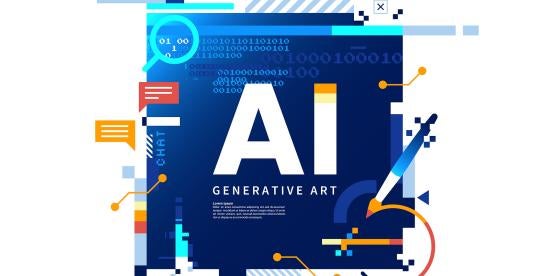Introducing The Hunton Policyholder’s Guide to Artificial Intelli

Artificial intelligence (AI) is rapidly changing the way businesses operate, from the way we research and write, to the way data is processed, to the way inventory is measured and distributed, to the way employees are monitored and beyond. Soon, artificial intelligence might be providing life advice, saving hospital patients or accelerating the development of cities. It is already reshaping corporate America. Very few, if any, industries—including the insurance industry—are immune. As the consultancy McKinsey wrote in 2021, artificial intelligence “will have a seismic impact on all aspects of the insurance industry.” McKinsey’s prediction has proved prescient.
As AI continues to influence the insurance industry and the broader economy, new opportunities and risks abound for policyholders. It is therefore essential for policyholders to keep up-to-date about insurance law’s latest frontier.
These legal risks are only a small subset of potential AI-induced risks. Because AI is novel, complex and largely unregulated, AI may very well exhibit unexpected behaviors or make decisions with entirely unforeseen—and unintended—consequences. This uncertainty portends entirely new risks not just for companies, but also for corporate risk managers and insurance professionals.
To respond effectively to these new risks, policyholders—with the guidance of trusted insurance counsel—must ensure that their insurance programs offer adequate protection. Policyholders can start by identifying the risks their current insurance programs cover. For example, a number of existing commercial insurance policies (e.g., cyber, errors & omissions and directors & officers) might respond to losses occasioned by AI. Policyholders might also have to think creatively, including by considering whether to solicit novel insurance products.



